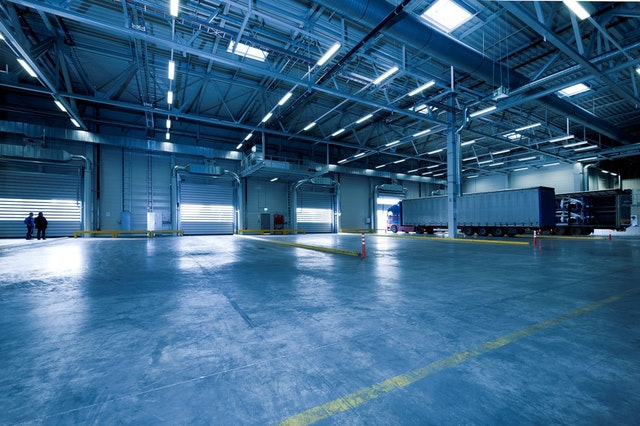Predictions of “Starlex Real Estate” colleagues about what awaits the real estate market in the near future.
“Starlex Real Estate” board member Egīls Smilktiņš and “Starlex Invest” partner – real estate economist Auseklis Sarkans express their insight into what is happening in the real estate market, as well as give their predictions about changes that can be expected in the future. We started our activity right during the previous crisis, so we can draw some parallels and know what activities to carry out and what to pay attention to, so that everyone is aware of their opportunities and does not panic prematurely. However, it must be recognized that the current situation is completely unexpected for everyone and based on completely different aspects. For many, the crisis is a time of opportunity, but is it for everyone?! I remember very well the beginnings of our company, when even until 2012-2013, our clients bought properties without credit in 60% of cases. We expect that the next 2 years could be similar, as many residents have enough savings in recent years. For the last 6 years, Latvia’s economy has grown every year from all aspects – there was an increase in gross domestic product, exports, employment and wages. However, we could only partially observe this growth in the field of real estate, because from 2014 – 2016, the market has already experienced a couple of smaller price adjustments – transformation both in terms of customers, becoming a distinctly local buyer’s market, and also significantly reducing the demand for premium segment properties. The main reason why property prices rose in the last two years, however, was rising wages and construction costs. Also in the previous crisis, we observed various crisis selling tactics and there were “bullies” who said “everything is bad and it will get worse”, hoping to buy everything “on the cheap”. At that time, too, many were indeed forced by circumstances to succumb to such pressure and sell their property at a very significant reduction in price. Compared to the previous crisis in 2008, buyers have now been more prudent and have taken loans very carefully. Banks have also practiced a cautious lending policy, as a result of which the volume of Latvian household loans is approximately 1.5-2 times smaller than that of neighboring countries Lithuania and Estonia. In general, property prices in Riga are on average 20-25% lower than in Vilnius and Tallinn. At the moment, we are already observing that a larger offer of apartments for rent appears on the market, both from portfolios of short-term rental apartments and those removed from active sale. Therefore, we expect a drop in prices in the apartment rental segment by 10% – 30%, depending on the segment, the area of the apartment and the location. On the other hand, we do not observe such a rental trend for private houses, and most likely we will not observe it either, because the offer of private houses for rent is limited. In addition, the warm season is approaching, and people will increasingly choose to live outside the city, trying to distance themselves. Problems can arise for those owners who have purchased properties using expensive private or non-bank loans, hoping for a quick profit from the increase in property value. Therefore, we can expect such properties on the market with a discount of 10 – 25%, depending on the area, location and segment. However, if the owners manage to rent these properties even for a year at a 30% discount, most likely only a part of the properties will end up for sale.
On the other hand, we do not expect a big drop for serial apartments, because the prices in this segment have grown the least – the average price increase in the last 8 years has been only about 3% per year, while the average wages have increased every year from 4 – 6% per year. Looking objectively, the drop in prices of serial apartments could be within 10%. Regarding private houses and rural properties, we are more positive, because we are already receiving purchase requests from customers, and we also see no basis for a significant drop in prices for the economic segment of private houses. We explain this with the small offer of such private houses. However, you should be aware that a lot will depend on the lending policy of banks in all segments of residential property. Therefore, for those who have their own funds, the nearest time will be a time of opportunity, however, if you are buying a property for your own living, you should not get carried away with waiting for the right price, because it may not come. On the other hand, real estate developers will have to be even more creative and we will probably see more and more terms “rent to buy” appearing on the market. Such purchase offers are very convenient from the buyer’s point of view, because within a year the buyer can understand whether he wants to live in a specific new project in the long term, and will have made partial or full savings for the down payment when buying a property with a bank loan. In the short term, most likely, some developers will have to reduce their sales prices so that the thinking customers make a decision to purchase. We expect such reductions to be no more than 10 – 15%. This time will be very favorable for the development of residential objects of the economic segment, which was clearly lacking in the market for the last 3 years. The selling price of such objects per square meter should be in the range of 1,400 – 1,600 EUR, which could be possible again in connection with the expected drop in construction costs. The demand for apartments at such prices has always been high, including now. Large rental houses in the economic and business segment could also enter the market, as previously such rental projects were more oriented towards the premium segment. Investors will have the opportunity to buy rental apartment properties with their own money, the price of which previously could not be justified by business calculations, and it is much safer to enter the market with a ready-made rental apartment product in a year or two. In the area of commercial properties, rental rates for offices and retail spaces may have to be significantly reduced for a time, and rental holidays will be applied in many sectors. Each owner must weigh the possible rental discount and the stability of the tenant in the long term against the possible idleness of the premises, because in this situation any cash flow is better than empty premises and the costs associated with them.
See the full version of the article here.










